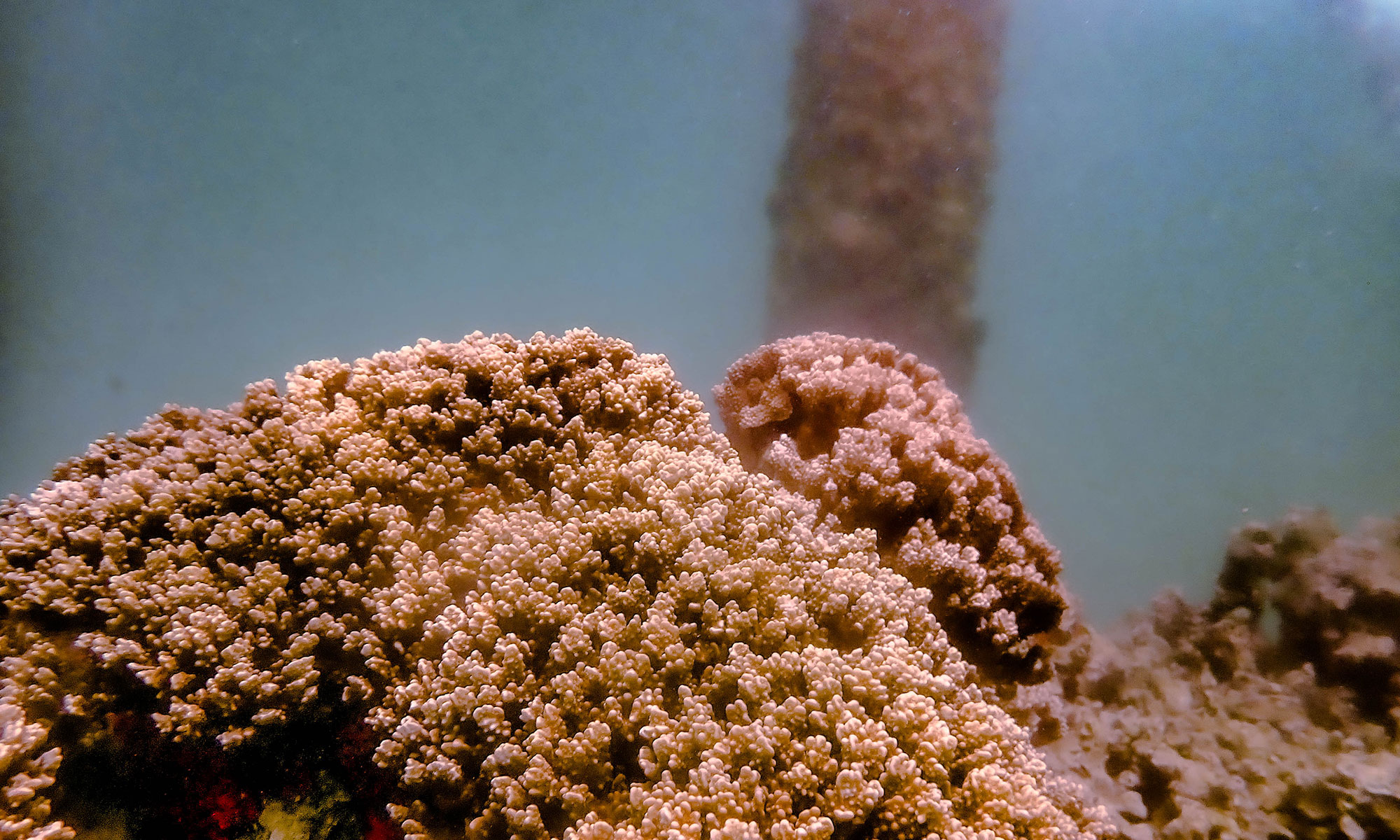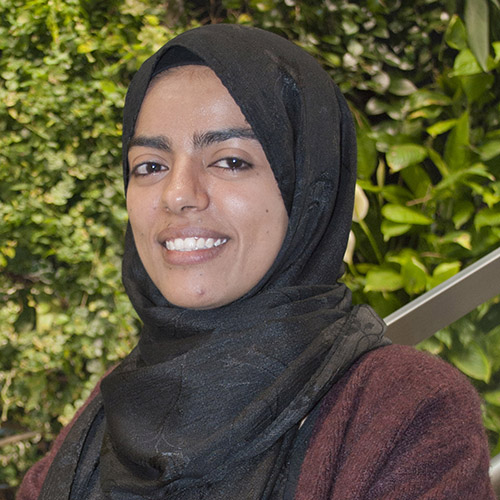On August 10, 2022 Arwa Gabr successfully defended her PhD thesis, entitled,
“LIGHT AND LIFE: EVOLUTION OF PHOTOSYNTHESIS AND LIGHT USAGE IN PHOTOSYNTHETIC PAULINELLA.”
ABSTRACT
The uptake and conversion of a free-living cyanobacterium into a plastid (site of photosynthesis in eukaryotes) is undoubtedly one of the most important innovations that changed the evolutionary trajectory of life on our planet. Transforming the biosphere, plastid primary endosymbiosis laid the foundation for terrestrial life and the evolution of multicellularity. Therefore, a massive effort has been expended to elucidate plastid origin, function, biogenesis, diversity and its impacts on global primary productivity and geochemical cycles. A more recent case of plastid origin (ca. ~124 million years ago) occurred in the thecate amoeba Paulinella that acquired a plastid (referred to as the chromatophore) from an alpha-cyanobacterial endosymbiont. Evidence suggests that although these protists contain a bona fide photosynthetic organelle, these compartments are a “work-in-progress” with regard to plastid integration, making the Paulinella lineage an ideal model for studying the evolution of primary endosymbiosis. In my doctoral research, I investigate the evolutionary adaptation to light and photosynthesis with a focus on host control of photosynthetic performance in photosynthetic Paulinella(specifically, P. micropora strain KR0I, also referred to as, KR01). My work shows that the amoeba host undergoes massive genetic reconfiguration, generating genetic novelty and evolving key traits in order to accommodate and control the photosynthetic organelle. As an example, one of the earliest host contributions to chromatophore evolution in KR01 was the rescue of chromatophore functions by the targeting of 291 nuclear-encoded proteins to the photosynthetic organelle via a novel chromatophore-targeting peptide (crTP). Evolution of this targeting system is not the only significant example of genetic innovation in photosynthetic Paulinella. In fact, analysis of genomic and transcriptomic data from KR01 suggests that this lineage independently evolved a mechanism for nuclear mRNA regulations termed spliced leader trans-splicing (SLTS). Playing a role in the integration of novel “dark” genes and genes of foreign origin acquired via EGT or HGT in KR01, SLTS can alter protein sequence and is hypothesized to generate genetic novelty that can be acted upon by natural selection to facilitate chromatophore integration. Genomic and transcriptomic analyses also revealed that loss of endosymbiont genes results in host “rescue” to facilitate organelle integration. This process was observed in nucleotide synthesis and DNA replication, whereby a handful of genes that encode key enzymes were lost from the endosymbiont genome, leaving only the host nuclear-encoded copies to rescue the functions. This process allowed the host to gain control over major functions of the endosymbiont through relatively small evolutionary steps. Growth and adaptation to light are also key to photosymbiont integration. Investigation of the slow growth and light sensitivity of KR01 using biophysics tools showed no obvious evidence of photosystem II (PSII) impairment. However, it seems that KR01, and other photosynthetic Paulinella species lack photoprotection mechanisms that are present in cyanobacteria. These results lead to the hypothesis that restriction to low light environments in KR01 might be a mechanism to mitigate the formation of reactive oxygen species (ROS) generated under peak solar intensities. The strong selective pressure to integrate the chromatophore into host metabolism has resulted in Paulinella evolving a suite of other novel traits, including a C4-like carbon assimilation pathway. Evolved de novo within this previously heterotrophic lineage, RNA-seq data show that the C4-like pathway in KR01 is upregulated in response to high light and downregulated under elevated CO2. With most of the C4-related genes being of eukaryotic origin, these results demonstrate yet another significant host-specific innovation in the Paulinella lineage that arose to ensure chromatophore function and enhance organelle integration. My work makes significant strides in elucidating how plastids are integrated into host cell biology and provides the tools and understanding to potentially modify algae and plants to enhance their growth and fitness.

